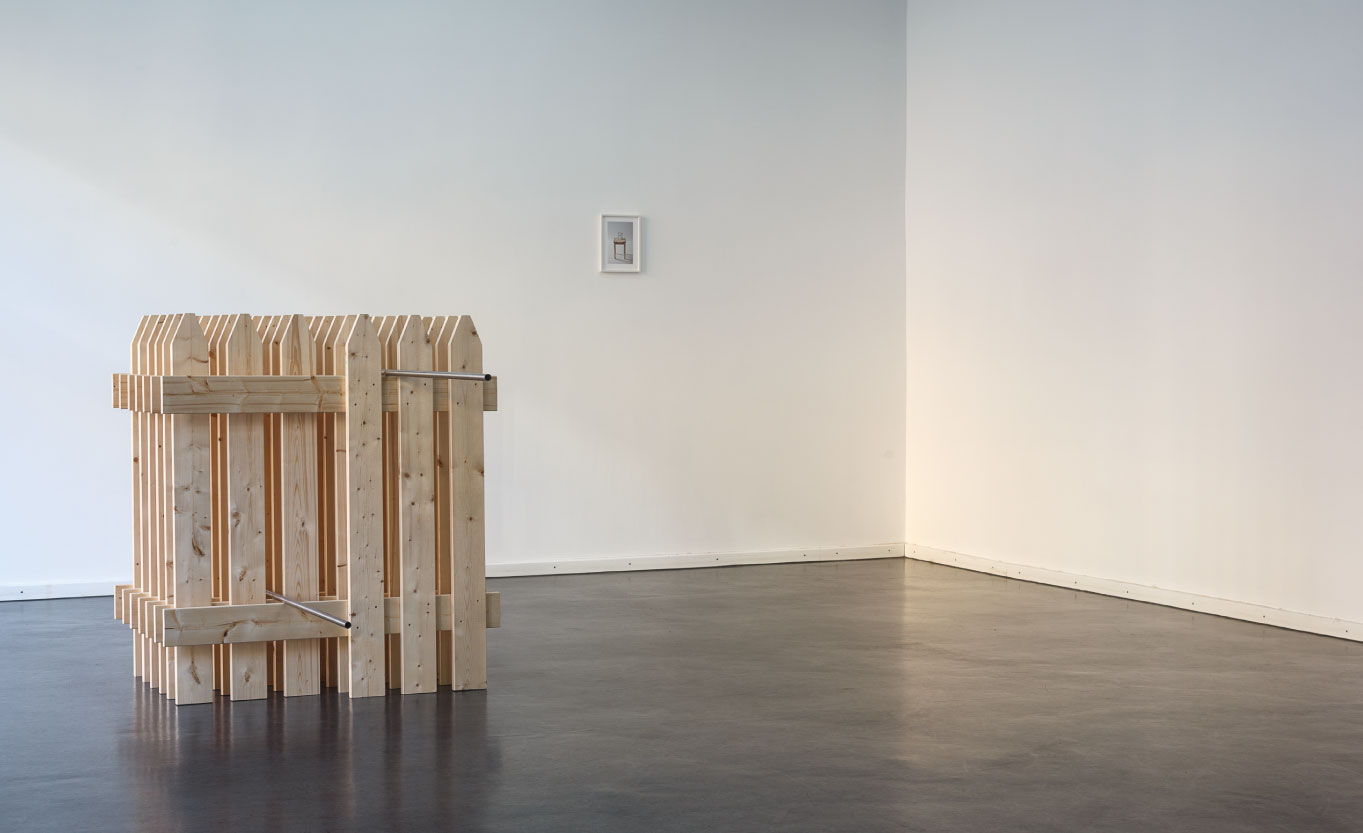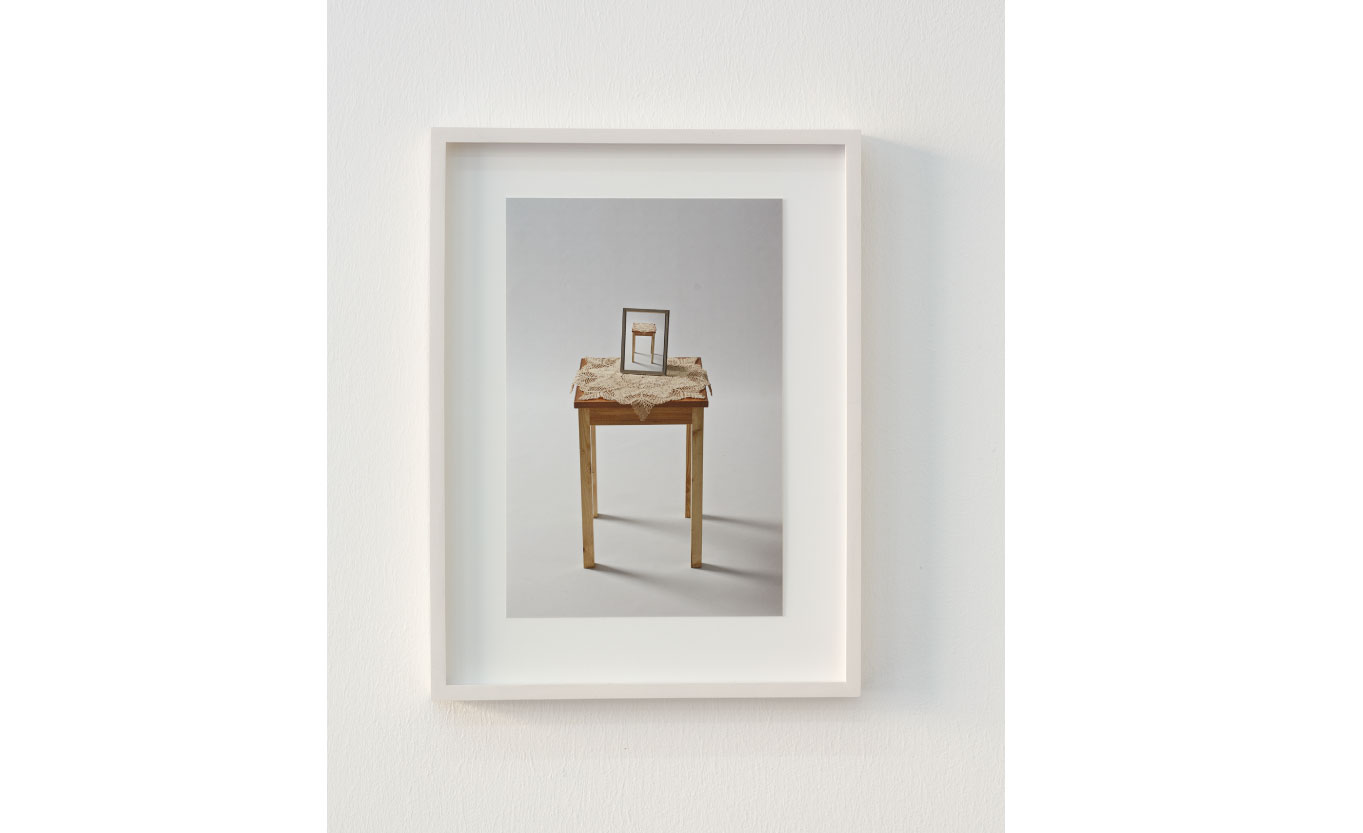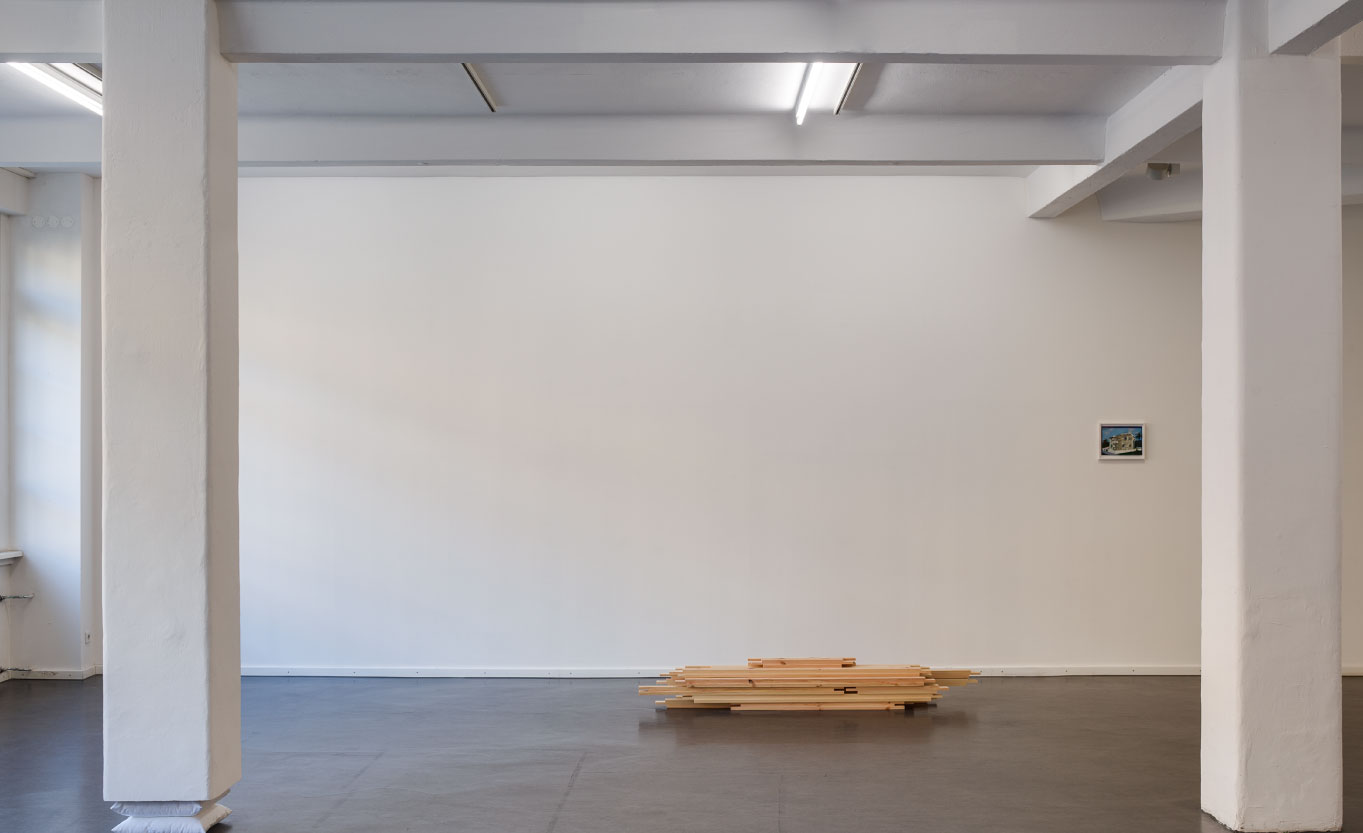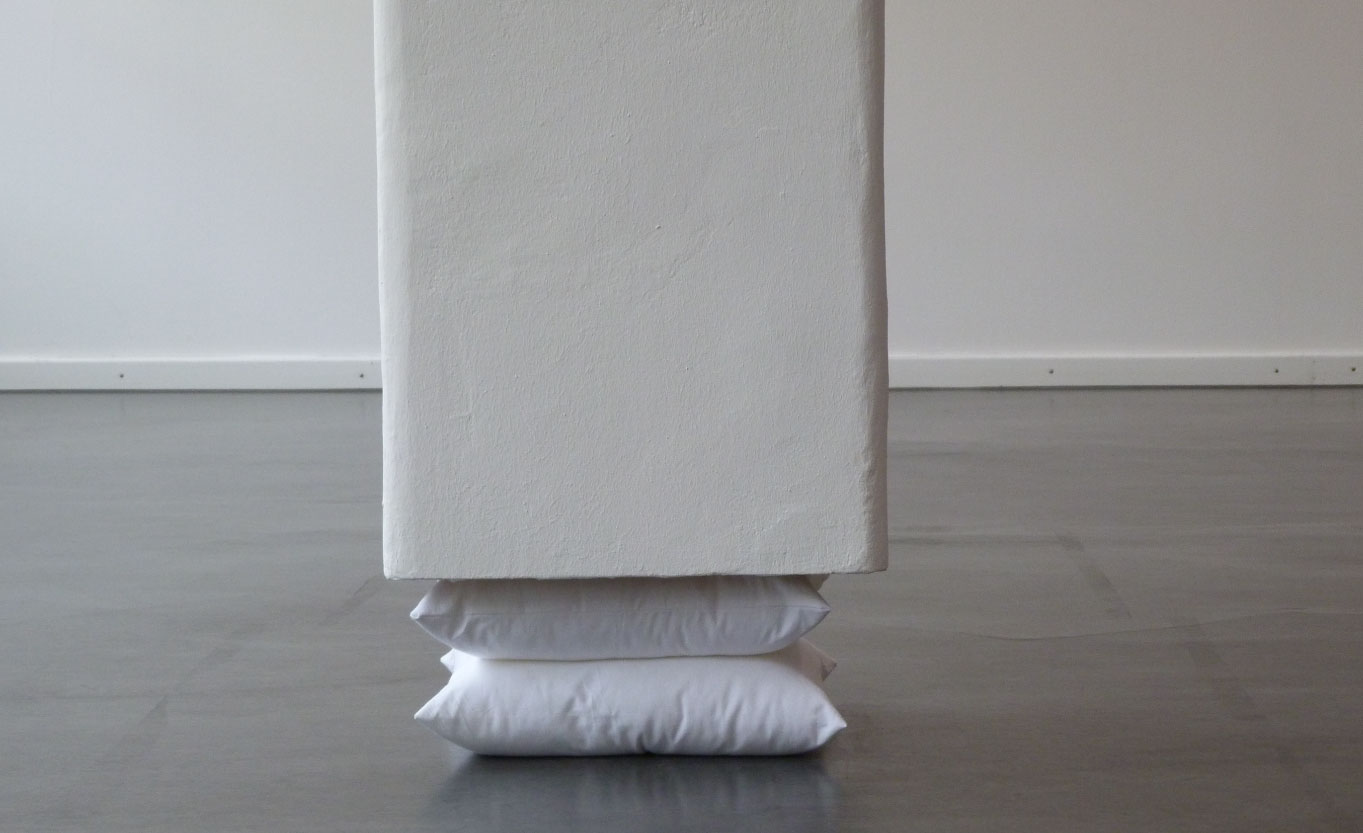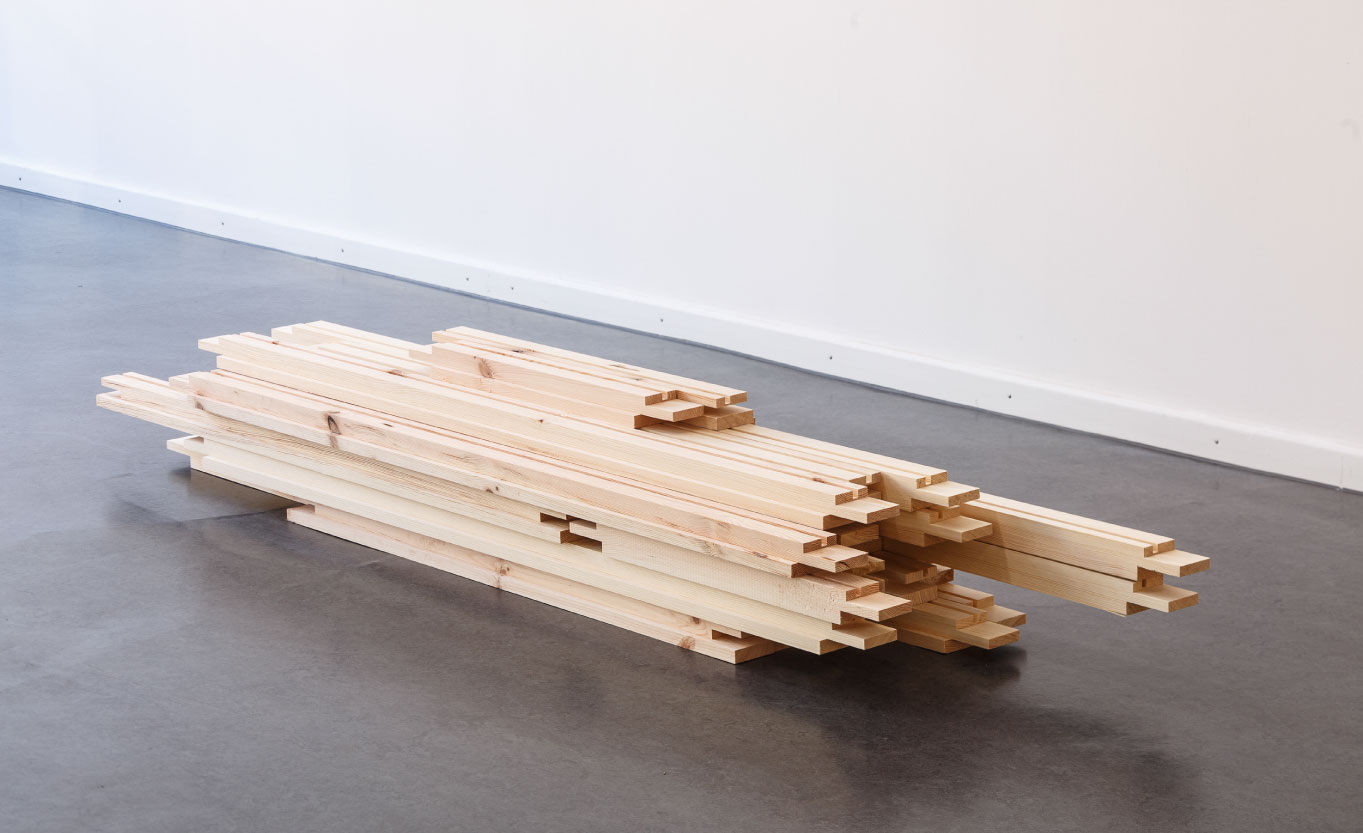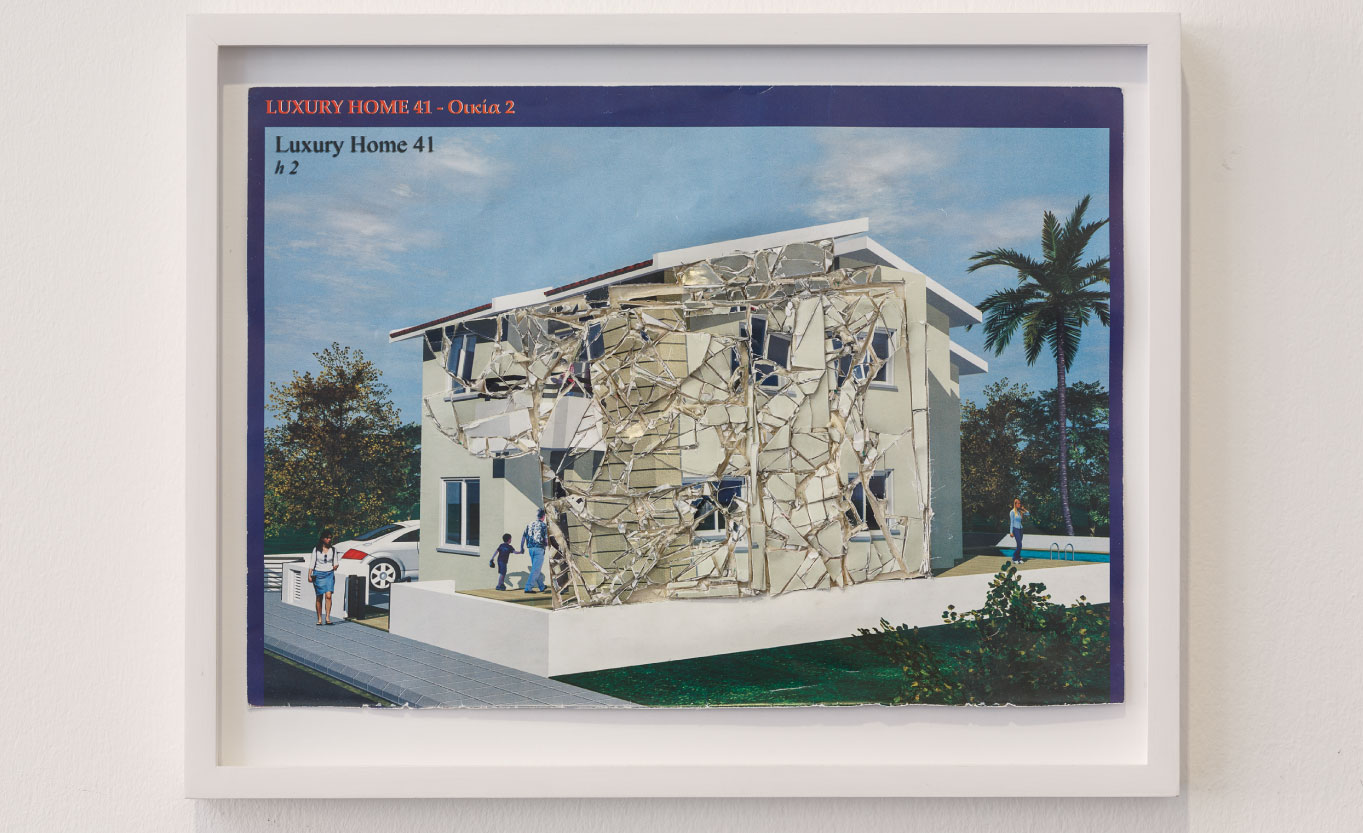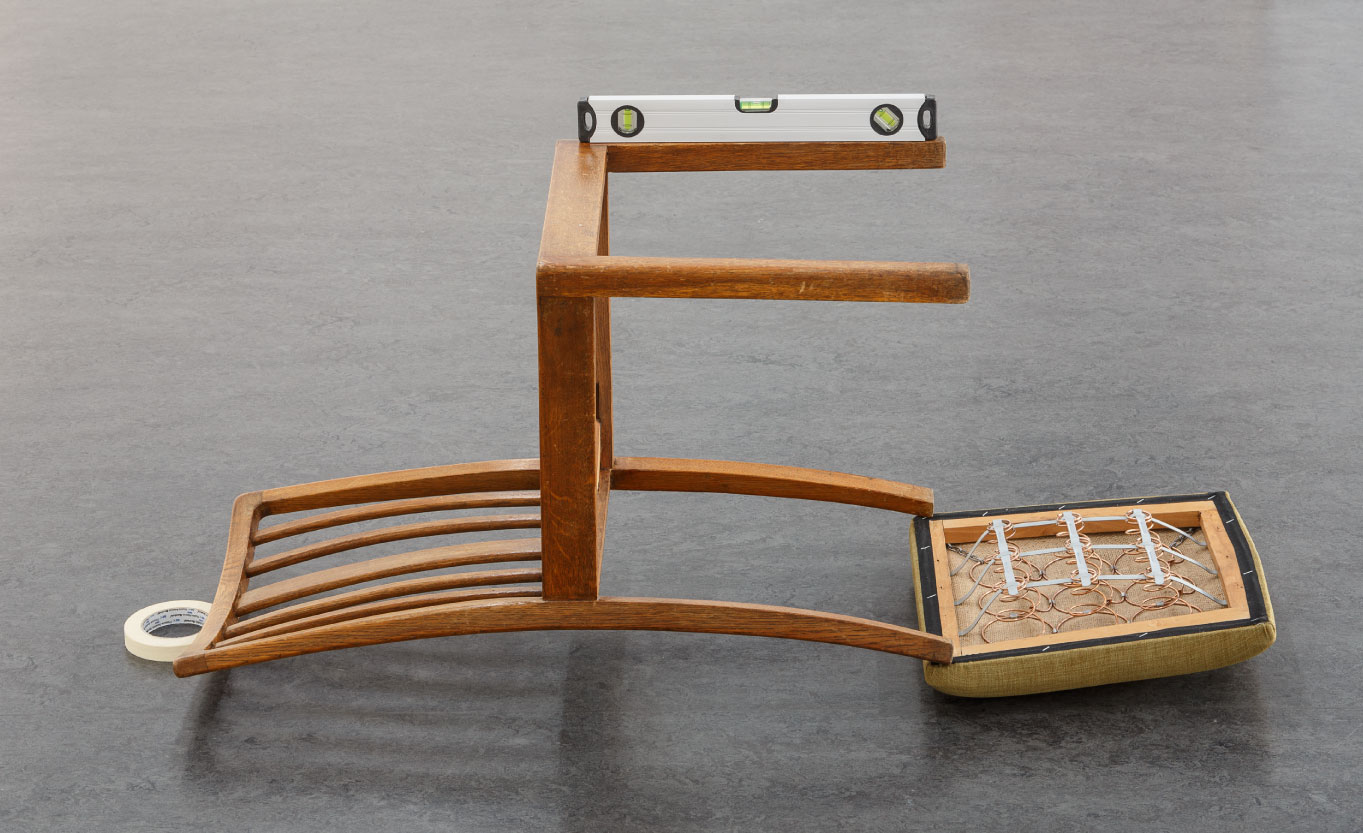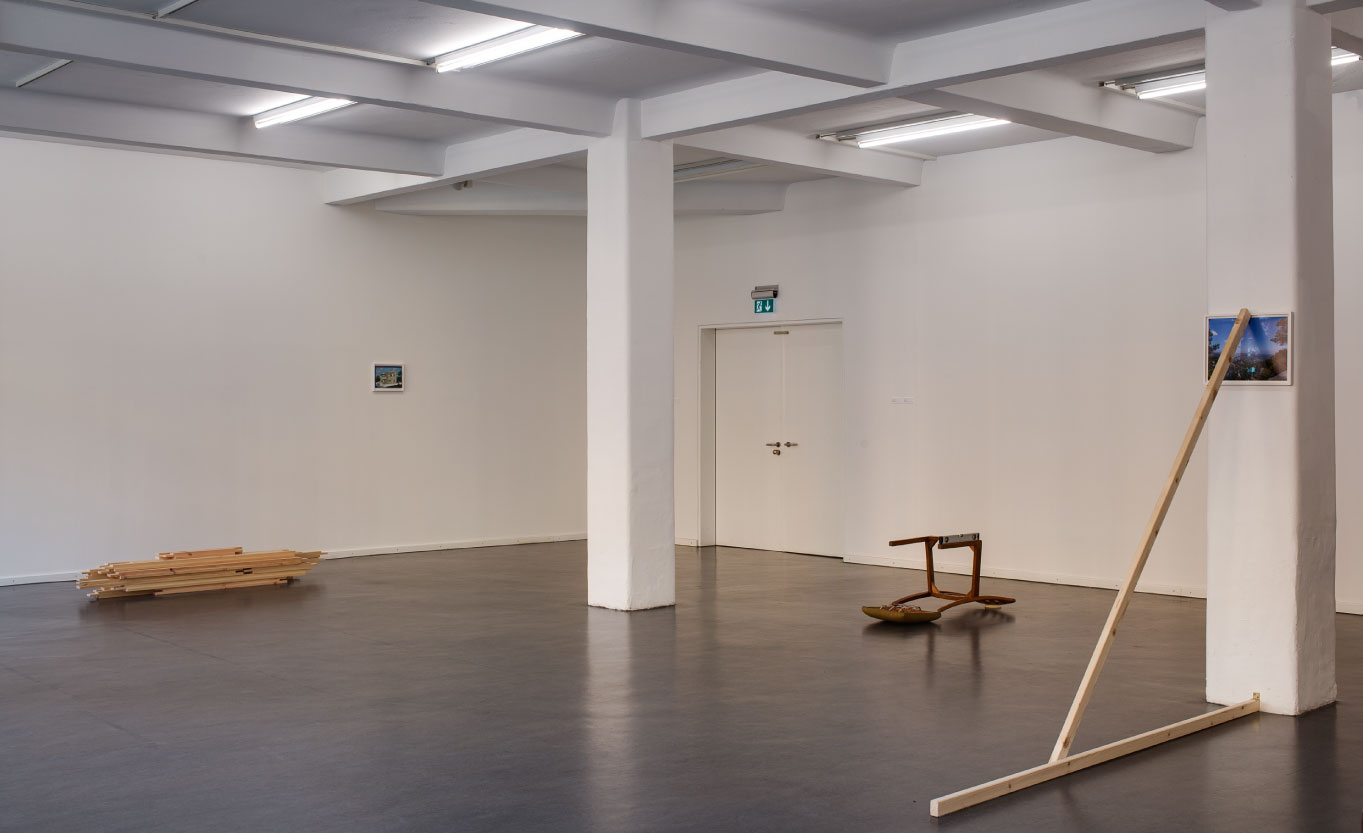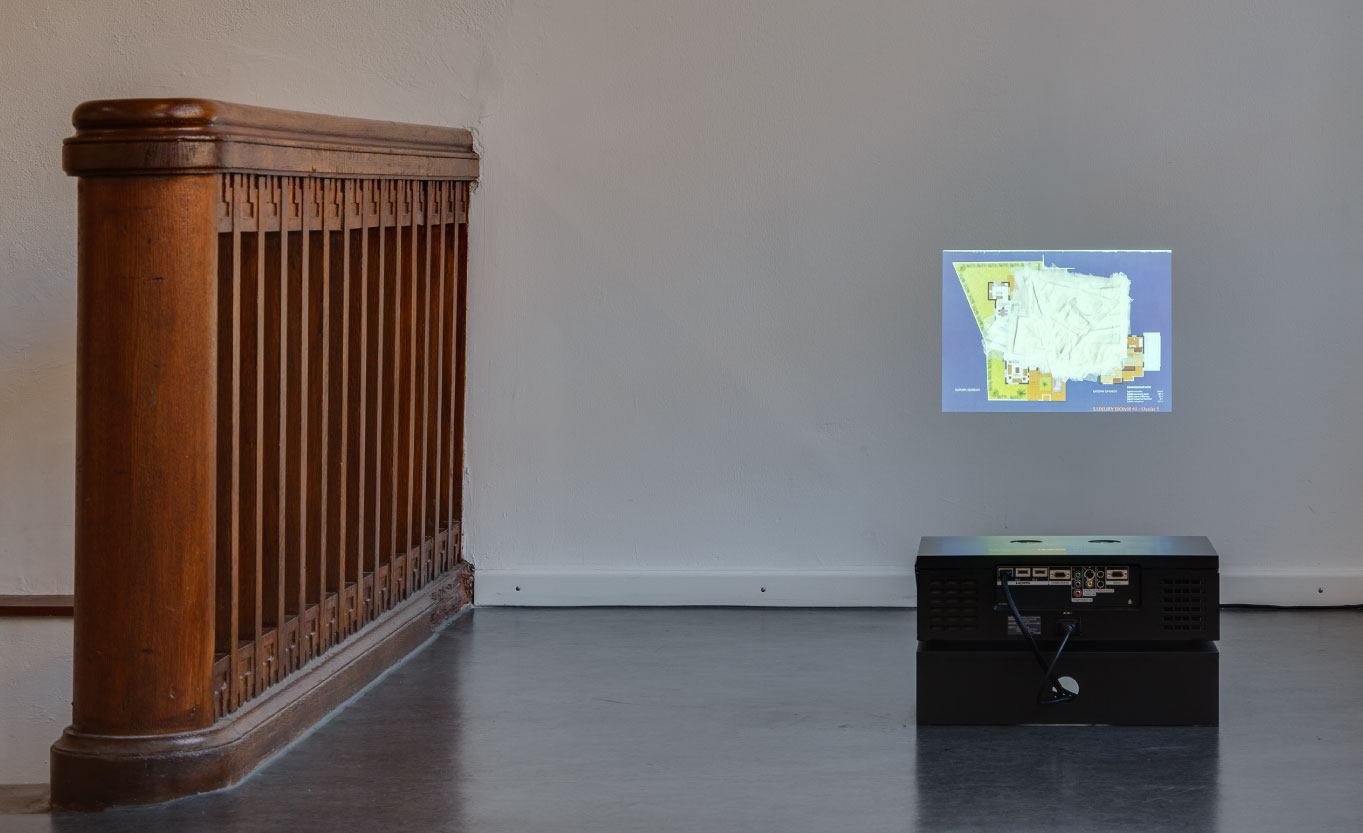Entitled, 2013
During my residency at Kunstlerhaus Bethanien, Berlin, I developed my visual research on the notion of constructed places in relation to personal and historical narratives. I also explored the concepts of borders, not only as elements of divisions and conflict but also as fields of communication and negotiation. The architectural drawings of my family house, which was never constructed, the ongoing political problem, and the new economic situation in Cyprus, as well as my being based between both Cyprus and Germany for a year, were the issues I dealt with to realize entitled.
History
2013 entitled, Kunstlerhaus Bethanien, Berlin, Germany.
https://artmap.com/bethanien/exhibition/panayiotis-michael-2013?print=do
2014 entitled, Point Centre for Contemporary Art, Nicosia, Cyprus.
Passing remains in quiet longing
Panayiotis Michael has progressively shifted his focus to different areas of interest, both in his choice of media, and in their conceptualization from large installations, drawings and paintings to video, actions and interventions in public space. ... Living between margins and their assigned meanings, Panayiotis Michael’s work has, in the last two decades, collared issues of national and cultural identity, (dis)continuation, and how these become informed by continually contested sites of political and economic negotiations. Between 1998-2000, the artist completes a two-part project, Ode to Joy and Geography Test. The first part shows the artist, himself, in a six-hour performance incessantly sewing the borders of European countries on a map, to a background of dissonant music formed by the fusing of European anthems. Ultimately, the map shriveled into a shapeless mass of paper and thread. Geography Test is an interactive installation of a classroom wherein atlases, needles, threads, scissors, and a map of a new “Europe”, similar to the one the artist had previously created, are materials viewers/participants can use to sew the borders of any site they choose. Sale, presented in the XXème Biennale d’Alexandrie (1999) is a mixed media installation functioning as a store selling flags of individual states, folded on shelves, and hung on racks.
The gesture of hemming countries in unification, while insisting on an individual identity, problematizes the EU’s status and what it means to new members: an affair growing to be more critical than ever. Long disputed territories conventionally embodied in flags are reconsidered through blank banners, inciting a sensibility for freedom from national borders. In 2012, for the exhibition In Crisis, Nicosia, Panayiotis Michael participates with the artwork, Ttoppin, an unadorned yellow-ochre “flag”, unfurling from the wall in folds and
rolling up on the floor. Stripped off national representations, Ttoppin proffers an uninterrupted material space in which to reconsider the particular state of Cyprus.
Tracing what seems remote emerges as a motif in the artist’s work, whether through his severed structural drawings and collage, a self-reconstructing video animation, or in his range of impressive installations. Enigmatic and transforming, the project of returning to a scene or a proposed futurity in the hope of integrating experience reflects futility. In his latest work, which matured during his residency at Künstlerhaus Bethanien in Berlin, Panayiotis Michael became even more preoccupied with what may be described, indeed, ‘entitled’, a home. His solo exhibition in Nicosia (2010) developed from an experience of intense deconstruction of what is often designated as “private” and “public” space, complicating the relationship between belongingness and sharing, through creating atmospheres, which stir sensations of habitation.
The exhibition, entitled, is less gripped with the social happiness that a structure and its contents may signify, and more pleasurable and associative in its flow of forms and metaphors, related, and not, to the artist’s family house, planned and never constructed. New landscapes, like the offbeat, Landscape, are imbued with a hiatus wherein territories of tension can be stretched over time and even outside strained space. Window ledges are seductively abstracted in a horizontal line(age) of plank wood, hence, the title, Seven Window Frames. Entities “belonging” to a house are taken apart into another time when they existed otherwise. Feather padding quietly fosters the history of a house in, A Second Try, and enigmatic interiors weave remnants of future memories into cabinets of curiosities.
Panayiotis Michael creates an ambience, gracefully evoking auras prompted from what we feel entitled to experiencing. The show generously offers a leveling kind of playground from which no one seems to be in a favorable position to literally seize the boundaries of a house of entitlement. Perhaps, the lost dream house of the child is not imagined as an enduring house of the future but as small, passing gestures of tranquil moods, wherein we can renegotiate our entitlements. Or, as Gaston Bachelard has put it, “It is better to live in a state of impermanence than in one of finality” (The Poetics of Space).
Maria Petrides
Independent writer and co-founder
of pick nick, Cyprus
Sketches of uncertain realities
A sketch describes something not finished. Depending on the situation sketches can have several purposes - they might document or develop an idea, reflect something an artist sees, or function as a way of illustrating a concept, image or principle. For the artist, Panayiotis Michael, his videos, photographs, installations, interventions and objects function as sketches in the sense of unfinished or unresolved situations.
Through his work, the artist sketches images of uncertain realities. We see a pile of window frames titled Seven Window Frames (2013), a column constructed on a cushion in A Second Try (2013) or a framed landscape photograph fixed to the wall by a wooden-lath-construction in Landscape (2013). Panayiotis Michael’s pieces create strong visual images based on concentrated and simple set ups. Almost like parabolas or metaphors, his conceptual works tell universal and adaptable stories about the uncertainty of life. In this sense, the pile of window frames conveys not only a part of his parents’ unfinished house and personal memory, but talks more broadly about our vanished dreams and hopes. The complicated hanging of an image seems to be an ironic comment on the fact that we tend to lose sight of a simple solution, whether it is in our daily lives or in politics. It is this ability to transport private memories and experiences into a larger abstract image that is significant to his works.
Often with a sense of humor, Panayiotis Michael consciously creates works of absurdity. Speed Fix (2013) shows a deconstructed chair perfectly balanced on its own seat and everyday objects like a level and masking tape. Viewers might be conflicted between the poetic beauty of the object and the absurdity of balancing a chair without function for the sake of balance only. In a similar way, Golden (2014) focuses on deconstructing gestures of measurement. Dating from the Renaissance, the “Golden Section”is considered to be the core of a perfectly balanced composition in a picture. Panayiotis Michael deconstructs this myth by literally displaying the calculation of this magical section on a wall in the exhibition.
Furthermore, the works of the artist often reveal processes or remain in flux rather than appearing in status quo. Many of his artistic practices involve the activation of processes, whether they are realized in a performance-like action by himself, Luxury Home 41 h2 (2013) and Luxury Home 41 h1 (2013), or by others, as, for example, the artist’s parents, who became part of the production process for the piece, Photograph (2012-2013). To focus on processes rather than a final product challenges the notion of control in artistic practice, and opens up once again the notion of uncertainty.
Panayiotis Michael’s works often function as a projection platform for dreams, tragedies and hardships. This is probably most directly addressed in the work, Untitled (2013). This piece is a picture of a demonstration’s banner that is empty. Any form of protest, any form of outrage or wish can find its place on this banner. Similar to a time loop, this visual loop displays future, past and present at the same time, and stands symbolically for fights that have been fought, revolutions that are happening right now and proclamations that still need to be made. Panayiotis Michael’s works not only incite uncertainty but also invite viewers to feel/fill them, with their own projections and solutions for balance.
Nora Mayr
Independent curator
and co-director insitu, Berlin.
